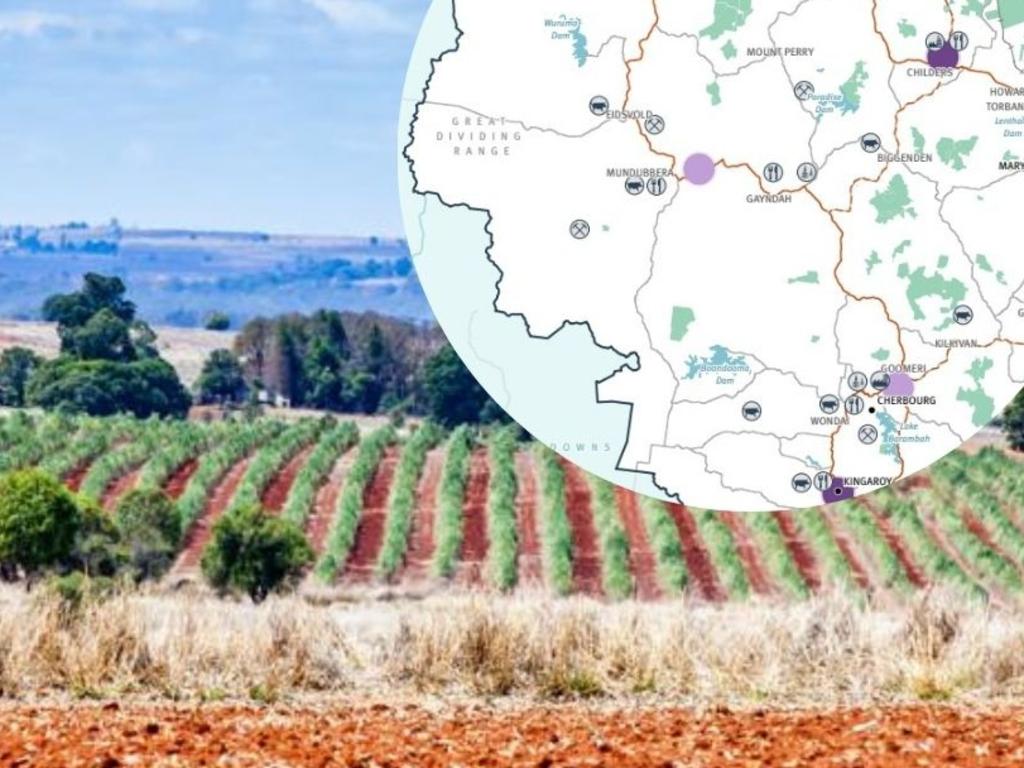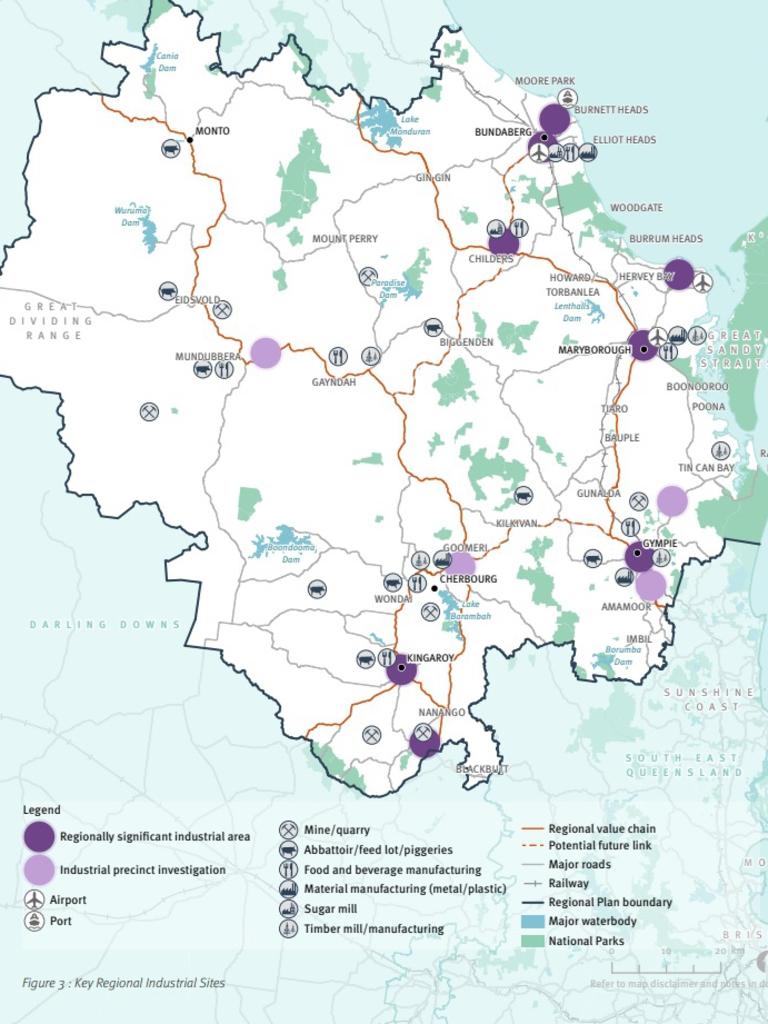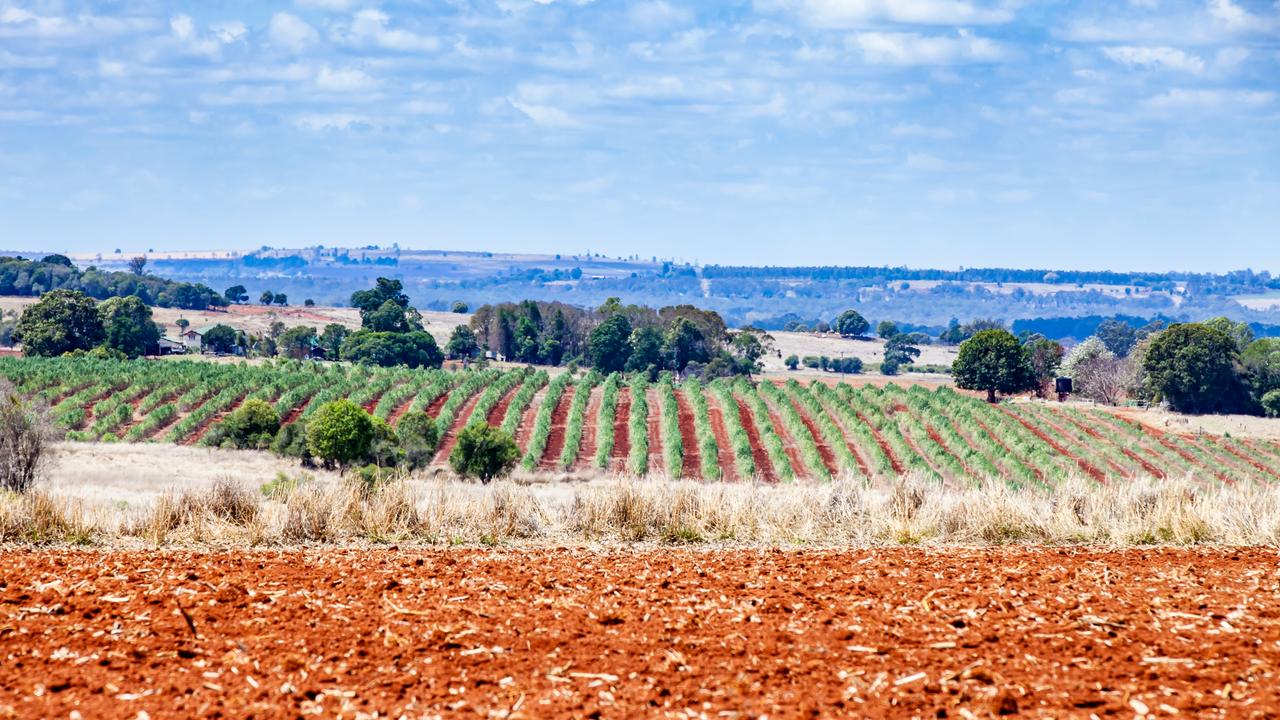Wide Bay Burnett a ‘manufacturing powerhouse’ but must keep up with change
From Gympie to Bundaberg and the North Burnett, a special govt report has revealed the local industries expected to flourish in the next 20 years, how they should be encouraged and supported, and what the biggest threats are to prosperity.

South Burnett
Don't miss out on the headlines from South Burnett. Followed categories will be added to My News.
A recent Qld government report identified four parts of the Wide Bay Burnett prime for agricultural expansion and the possible creation of a “manufacturing powerhouse,” but warned the region needed to keep up with advances in technology and be able to attract new talent.
The Wide Bay Burnett regional plan 2023 sets out an agenda for the next two decades and identifies Gympie to Bundaberg, Monto, the Burnett River and the North Burnett as areas of potential agricultural expansion.
The area from Gympie to Bundaberg would support more cropping, horticulture and forestry plantations, it concluded.
Monto was ideal for further crops, horticulture, intensive animal industries and forestry plantations; the Burnett River region would support more high value horticultural products; and the North Burnett was suitable for growing crops, horticulture, intensive livestock and forestry.
Larger centres across the Wide Bay Burnett with industrial land were identified for manufacturing opportunities as shown in the map below.

The report highlights the region’s existing strengths in primary production which is driven by fruit and vegetable processors, beef and pork producers, oil manufacturers and nut processors.
It has also made a name for itself in beverage manufacturing, specifically brewed soft drinks, spirits, craft beer, juice and wine.
The plan notes the potential for the Wide Bay Burnett to not only continue manufacturing existing products but develop new products including pharmaceuticals, health supplements, frozen foods, organic produce, engineered wood products, seaweed and micro-algae and bio products such as fuel, plastics and chemicals.
Expansion is expected to continue in timber products, bioproducts, aviation, mining, and defence-related manufacturing as well as renewable energy production.

The 20-year plan aims to establish a “pipeline” of industrial land that can support growth in existing manufacturing and attract new enterprises into the region while at the same time promoting it as an ideal area for companies to establish themselves.
A regional freight plan to support the new and existing supply chains is also being considered.
Over the next two decades a continued transition to advanced manufacturing is expected to be partly driven by automation and artificial intelligence with the report warning the Wide Bay Burnett is not yet geared towards these changes.
To keep up, a highly skilled workforce is critical to driving future industry competitiveness and expansion which means the region needs to be able to attract new talent, the report states.
More Coverage
Originally published as Wide Bay Burnett a ‘manufacturing powerhouse’ but must keep up with change








